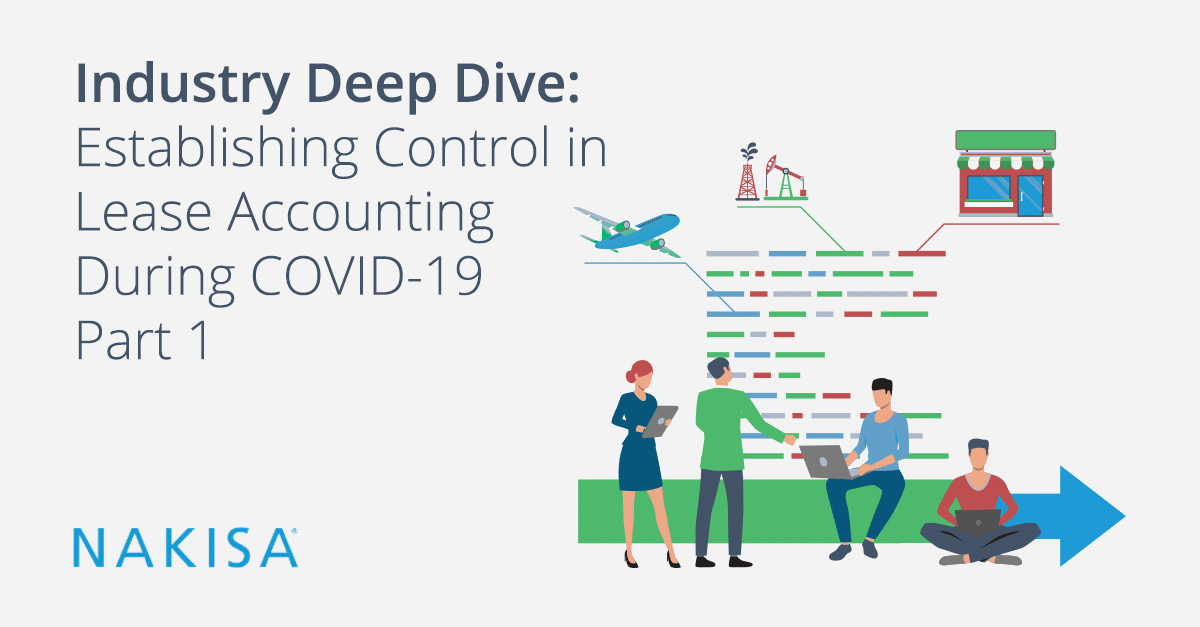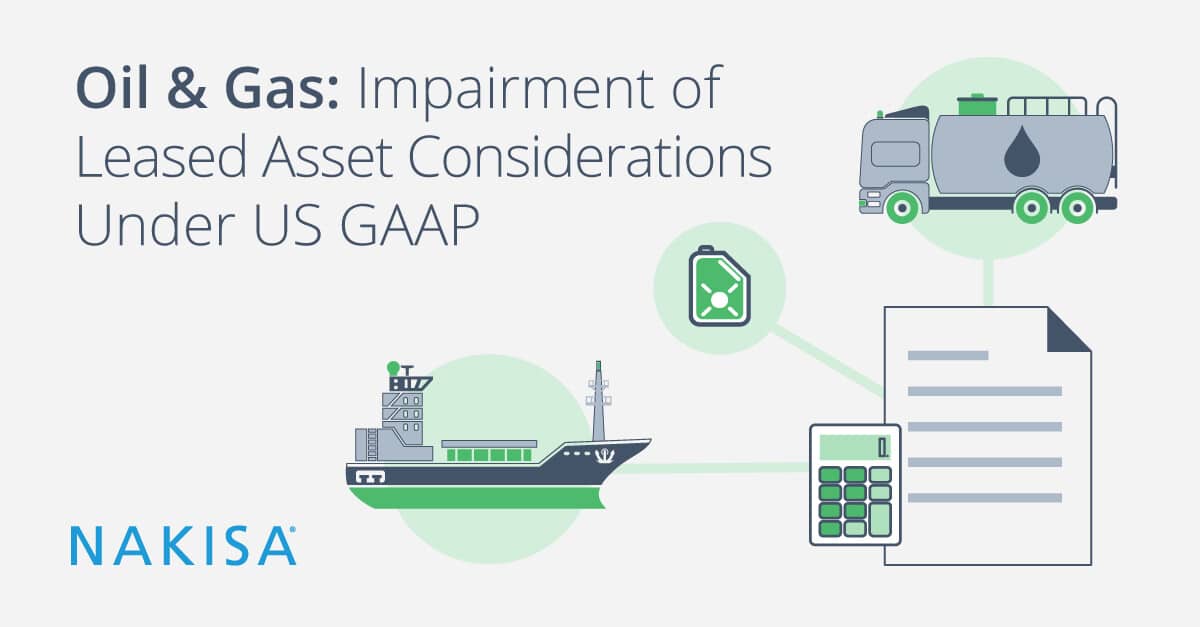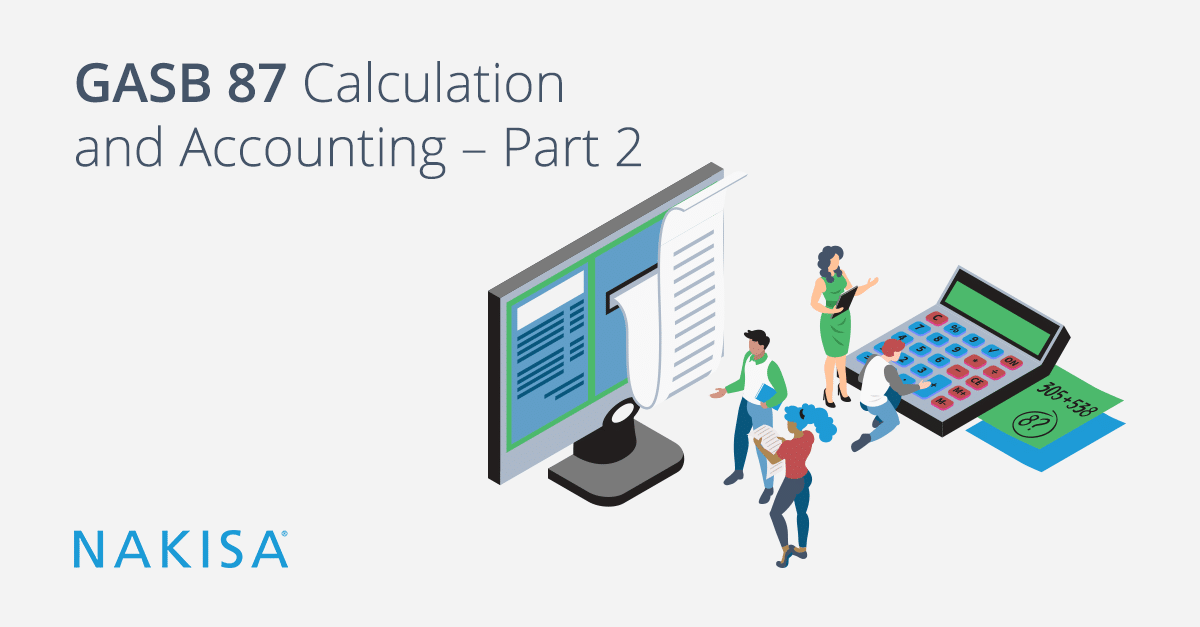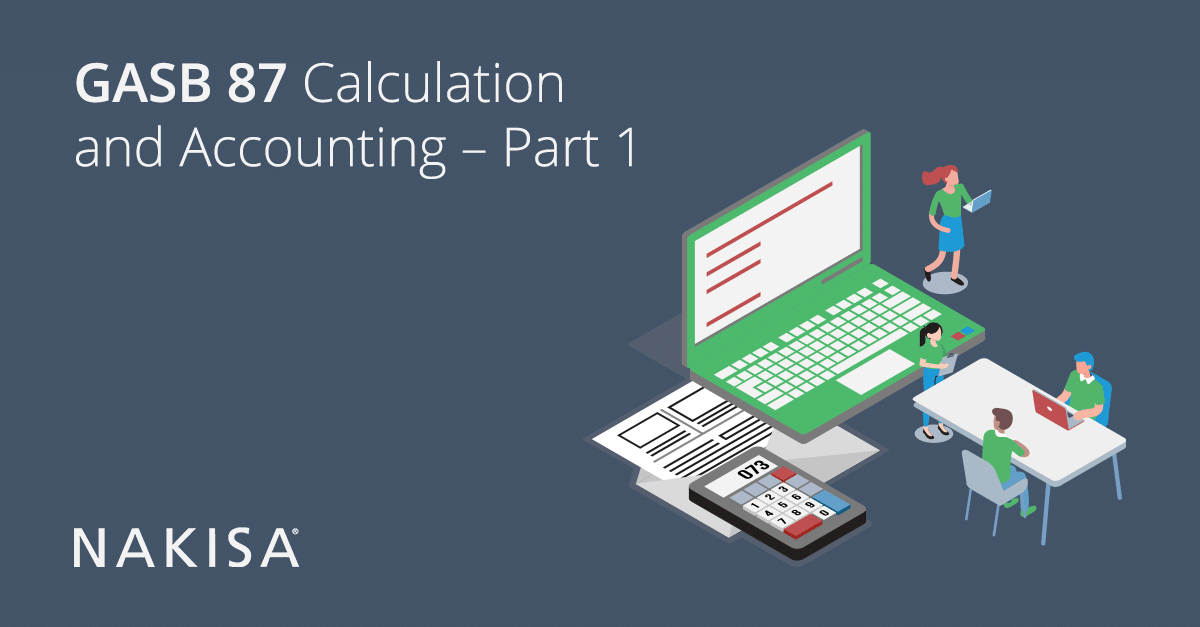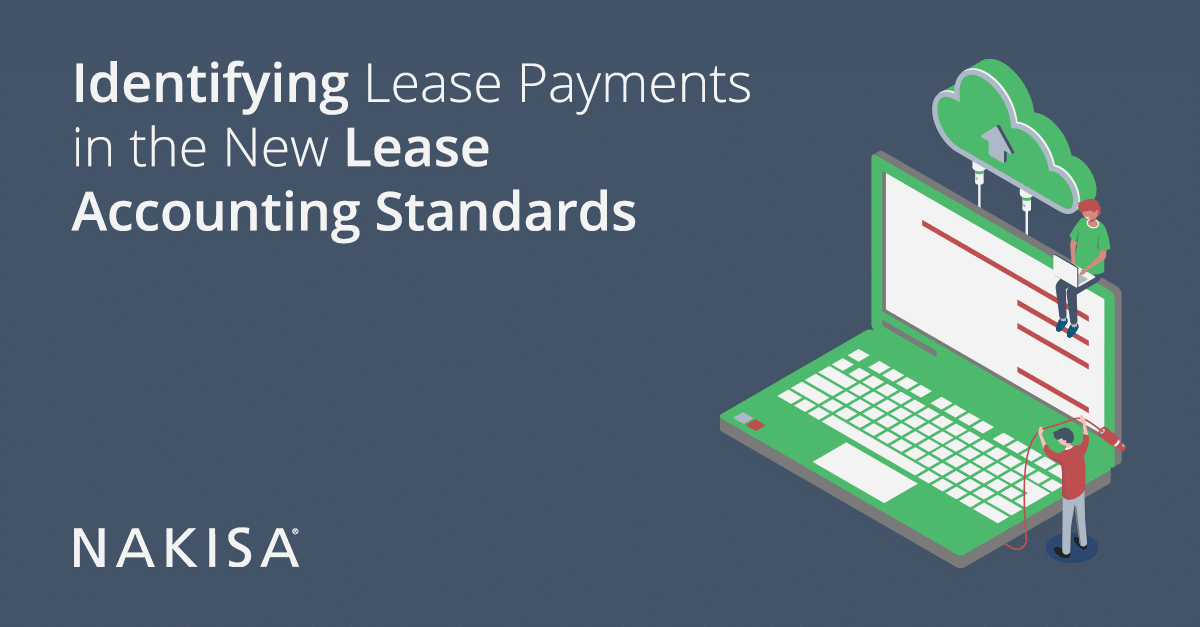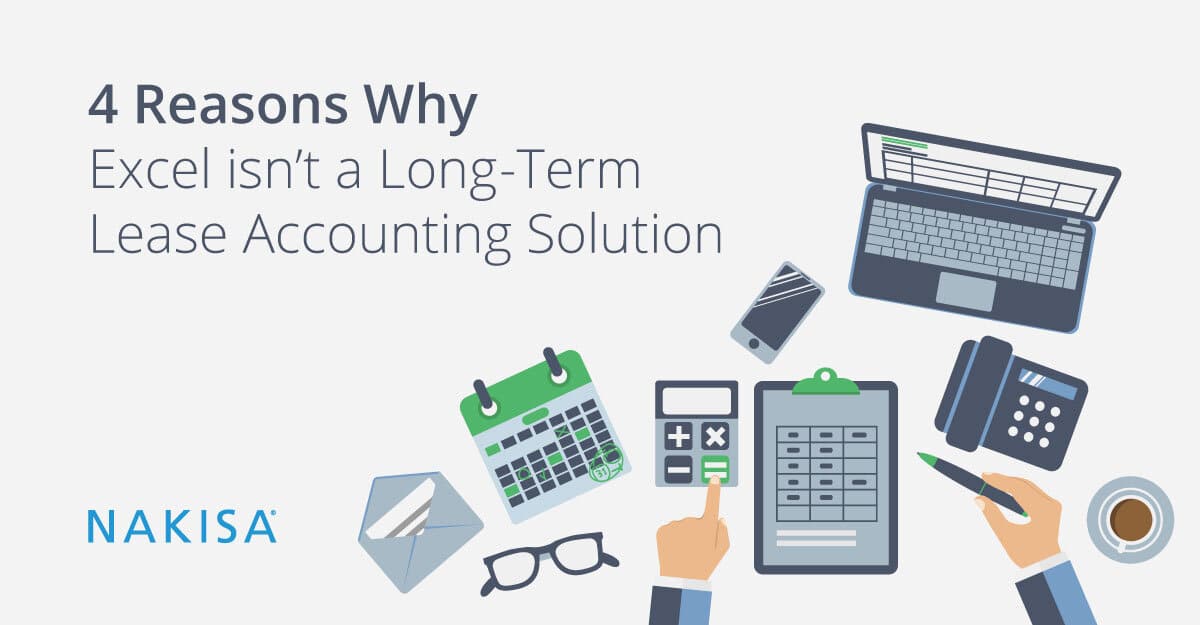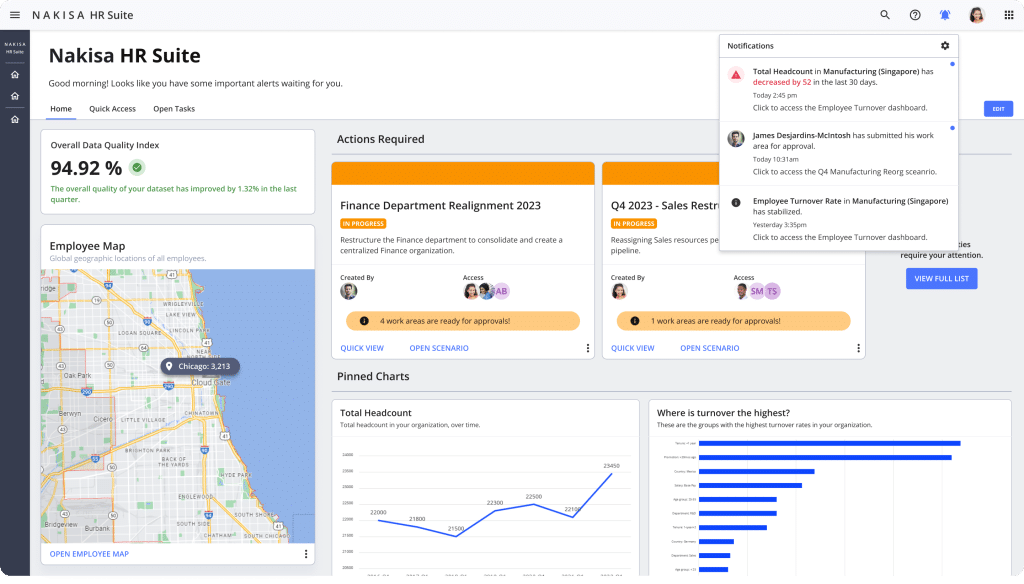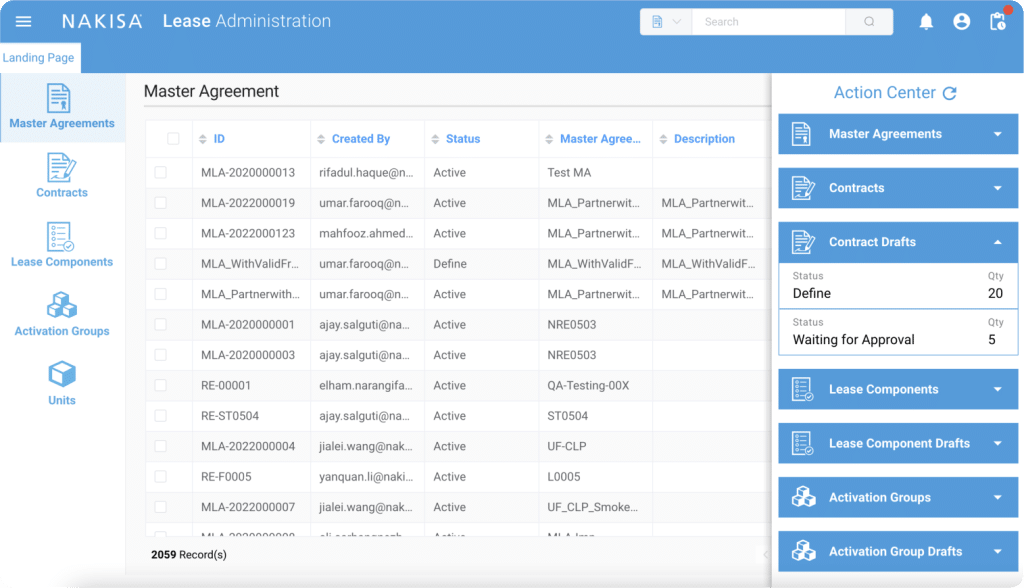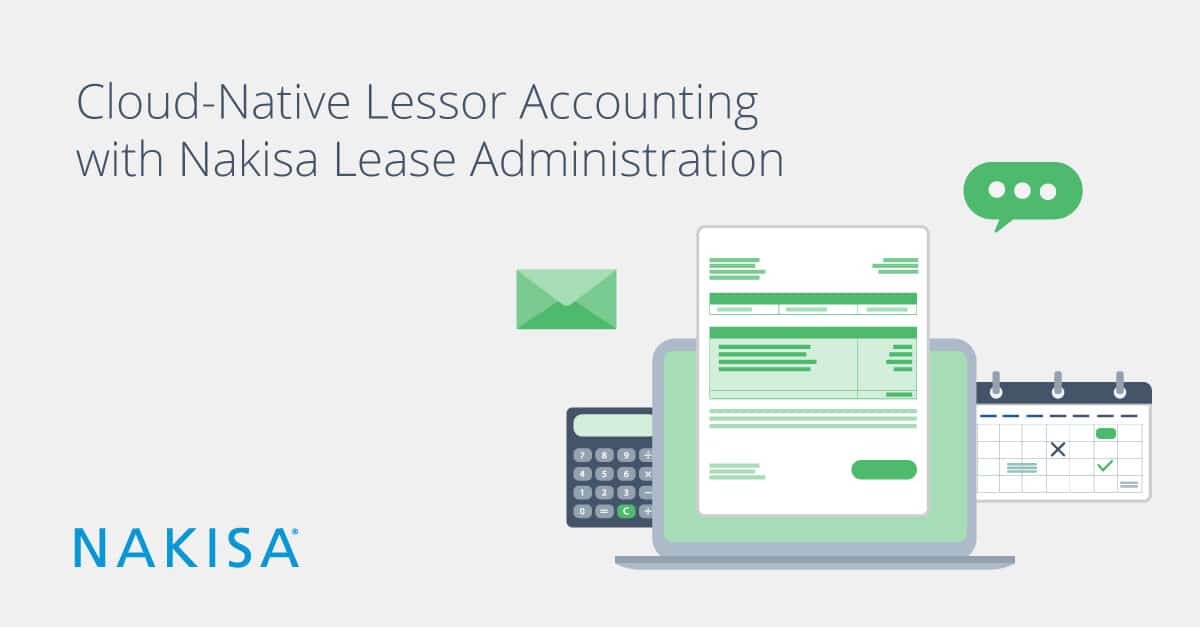
Cloud-Native Lessor Accounting: Streamline Lease Accounting and Compliance with Nakisa Lease Administration
This blog examines how Nakisa’s lease accounting solution enables global organizations to efficiently manage leased-out assets, automate calculations, centralize documentation, and ensure compliance with evolving lessor accounting standards like ASC 842 and IFRS 16.
